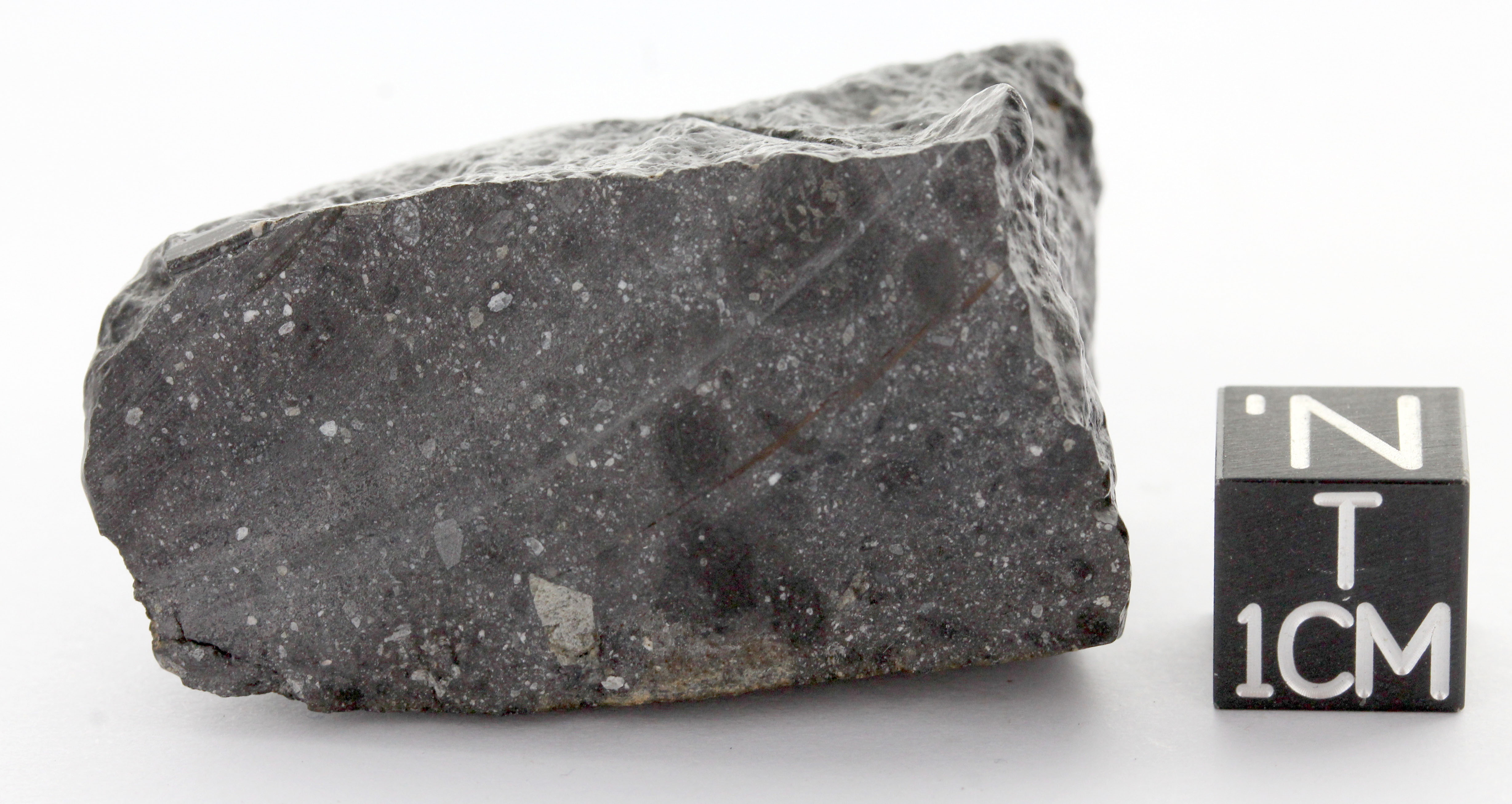
Analysis of a Martian meteorite reveals evidence of water 4.4 billion years ago. Certain minerals from the Martian crust in the meteorite are oxidized, suggesting the presence of water during the impact that created the meteorite. The finding helps to fill some gaps in knowledge about the role of water in planet formation.
Several years ago, a pair of dark meteorites were discovered in the Sahara Desert. They were dubbed NWA 7034 and NWA 7533, where NWA stands for North West Africa and the number is the order in which meteorites are officially approved by the Meteoritical Society, an international planetary science organization...
Read More









Recent Comments